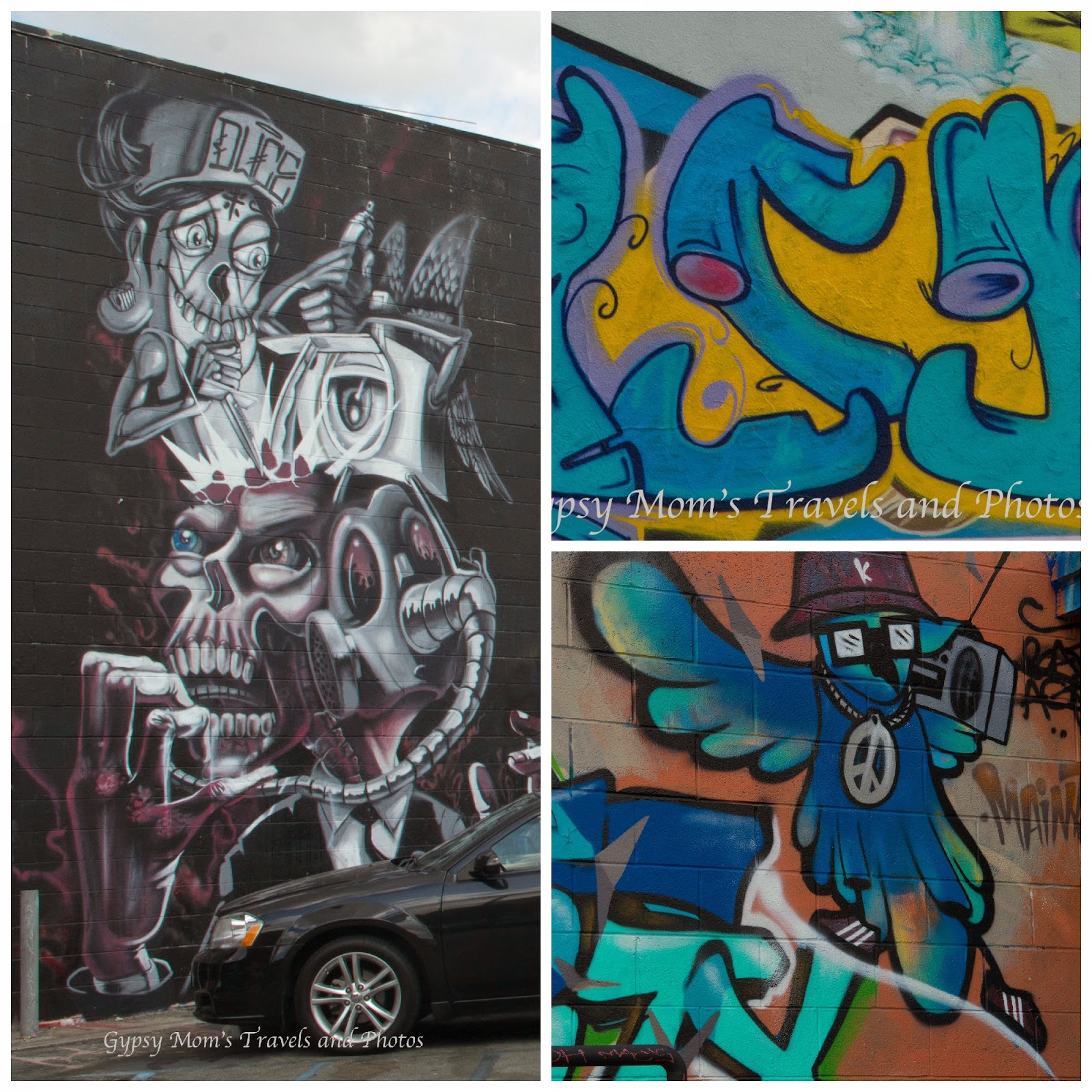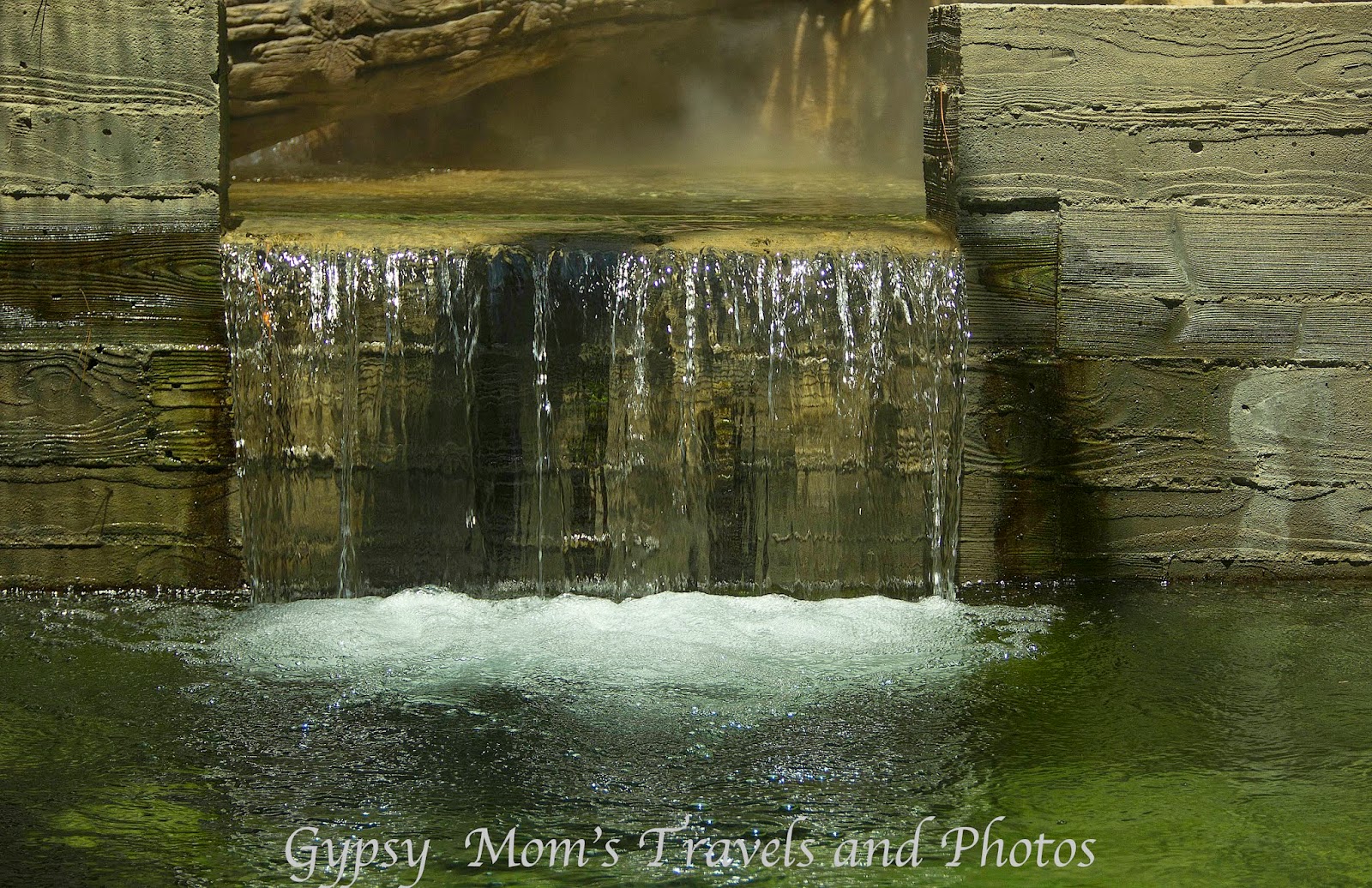The original working rancho and vacation retreat was 2,538 acres and belonged to Leo Carrillo, who acted in approximately 100 films from 1927 to 1950 and costarred on TV in the series The Cisco Kid. The City of Carlsbad has stabilized, preserved and restored nay of the buildings on this 27 acre parcel. Historic structures include the visitor's center, hand-crafted adobe buildings, hacienda, reflecting pool, cabana, cantina, carriage house tack shed, stable, barn, foundry and equipment shed. The park can be found on the Citywide Trails System 4 mile long Rancho Carrillo Trail. There are self-guided walking tours and a 13-minute introductory film which gives an overview of the ranch. Guided 90-minute walking tours are offered on Saturdays.
Currently, Leo Carrillo Ranch is a 27-acre historical park with irregular earthen and paved surfaces, including without limitations, stairs and trails.
Leo Carrillo was originally known as Leopoldo Antonio Carrillo and was born on August 6, 1881 and died of cancer on September 10, 1961. He was an actor, vaudevillian, political cartoonist and conservationist. Mr. Carrillo played many different ethnicities in his acting career, Mr. Carrillo was Castillian Spanish and traced his ancestry in Spain to the year 1260. His great-great grandfather Jose Raimundo Carrillo was a solder in the Spanish Portola expedition colonization of Las California, arriving in San Diego on July 1, 1769. Father Junipero Serra performed the marriage for Don Jose Raimundo and Tomasa Ignacio Lugo in 1781. His great grandfather Carlos Antonio Carrillo was Governor of Alta California and his great-uncle , Jose Antonio Carrillo was a three time mayor of Los Angeles, and twice married to sisters of Governor Pio Pico.
The family moved from San Diego to Los Angeles and then to Santa Monica, where Carrillo's father Juan Jose Carrillo served as the city's police chief and later the first mayor. Carrillo was proud of his heritage and wrote a book, The California I love, which was published shortly before his death in 1961.
 |
| Leo Carrillo Ranch |
 |
| Peacock at Leo Carrillo Ranch |
 |
| Peacock at Leo Carrillo Ranch |




























































